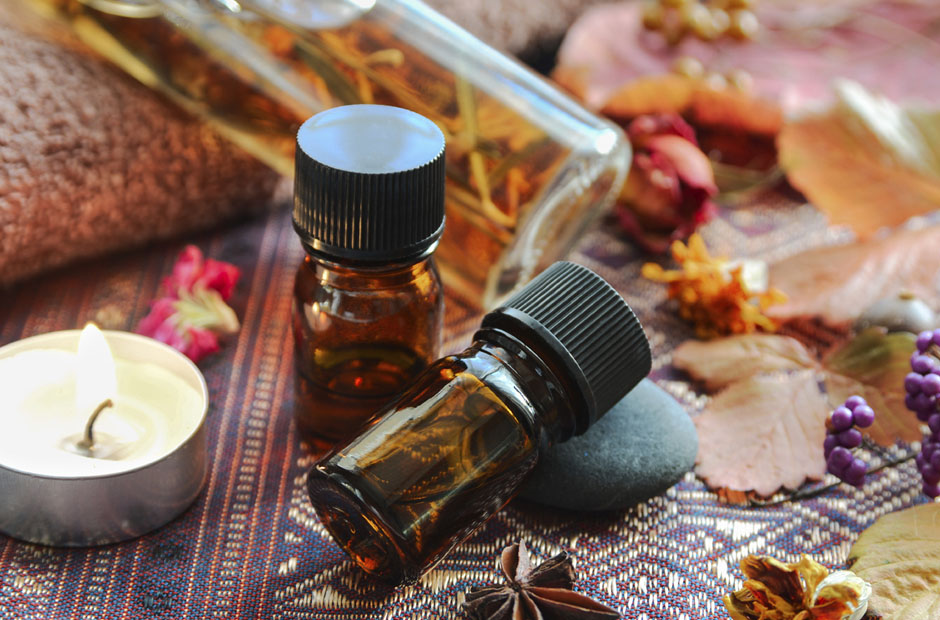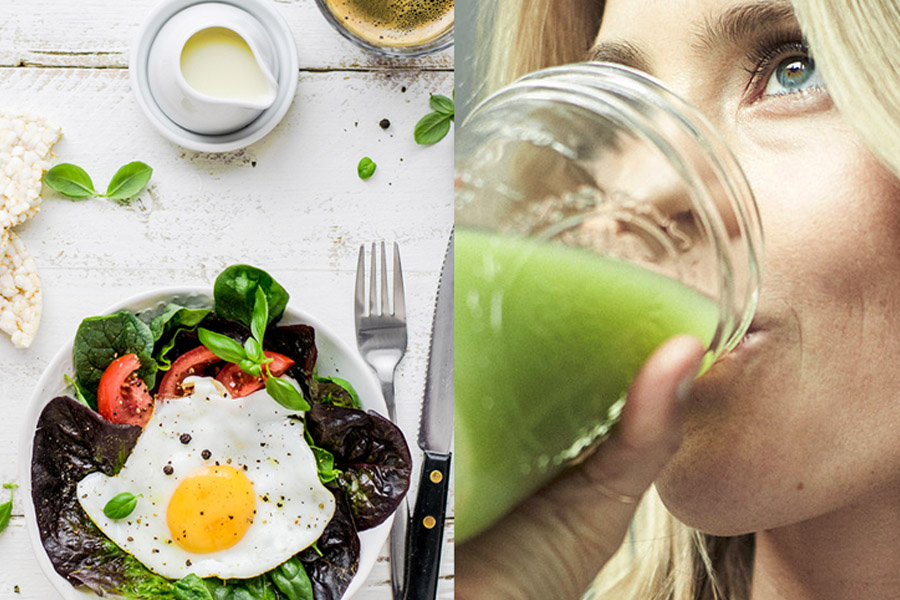Now Reading: Understanding Cancer and Health: Key Tips for Prevention and Early Detection
-
01
Understanding Cancer and Health: Key Tips for Prevention and Early Detection
Understanding Cancer and Health: Key Tips for Prevention and Early Detection

Why Early Detection Saves Lives
Picture this: you’re cruising through life, everything seems fine on the surface, but deep down, something’s brewing quietly, like a storm gathering far out at sea. That’s how cancer often starts—no big alarms, no flashing lights, just subtle shifts that could easily slip by unnoticed. But here’s the insider scoop: catching it early flips the script entirely. Regular screenings and checkups act like your personal radar, spotting those hidden threats before they turn into full-blown tempests. Think about it—early-stage finds mean treatments that are often simpler, less invasive, like nipping a weed before it overruns the garden. No marathon recoveries, no heavy-duty therapies that drain you dry. And yeah, it keeps those medical bills from skyrocketing, too. More than that, it hands you back the reins, giving you and your doc plenty of time to map out the best path forward. Sometimes, these scans even uncover other issues that aren’t cancer but still need attention, turning a routine visit into a game-changer. It’s all about staying one step ahead, turning potential chaos into something manageable. The data backs it up—survival rates soar when cancer’s caught in its infancy, transforming what could be a horror story into a tale of triumph.
The Role of Comprehensive Screening in Early Cancer Identification
Imagine stepping into a high-tech chamber, like something out of a sci-fi flick, where in under an hour, your whole body gets a thorough once-over. That’s the magic of comprehensive screenings these days—full-body scans that zoom in on hotspots like the lungs, liver, abdomen, pelvis, and thyroid, hunting for any oddities before they make themselves known. For folks with a family history or just that nagging worry, it’s like having a backstage pass to your own health show. These imaging tools, powered by cutting-edge tech, paint a crystal-clear picture, revealing abnormalities that symptoms might not betray for years. You walk out with a detailed report and access to your images, empowering you to really understand what’s ticking inside. It’s not just for the high-risk crowd; anyone craving that extra layer of insight finds value here. Blending this with lifestyle tweaks amps up your defense, creating a shield that’s both proactive and precise. Research shows these scans boost detection rates significantly, often leading to interventions that are straightforward and effective. It’s like directing your own health narrative, choosing prevention over reaction, and feeling that rush of control in an unpredictable world.
Know the Risk Factors You Can Control
Life’s full of curveballs, but some risks? You can dodge them with a bit of savvy maneuvering. Smoking’s the classic villain, puffing away at your lungs and beyond, but kicking it opens up a world of fresher air and fewer threats. Alcohol? Keep it in check—moderation’s your ally here, turning happy hours into healthier ones without the hangover of regret. Then there’s the couch-potato trap; swap scrolling for strolling, biking through the neighborhood, or even dancing in your kitchen like nobody’s watching. It gets the blood pumping, shakes off stagnation. Diet plays a starring role too—load up on vibrant fruits, crisp veggies, and lean proteins that fuel you like premium gas. Ditch the processed junk and sugary sips that sneak in extra risks. Don’t forget about toxins lurking in everyday spots; opt for cleaner choices where you can. Sleep’s another insider tip—aim for that golden seven to nine hours, consistent like clockwork, to let your body repair and recharge. These aren’t massive overhauls; they’re tweaks that stack up, backed by studies showing they slash cancer odds. It’s empowering, really—focusing on what you can shift, turning daily decisions into your secret weapon against the odds.
The Importance of Family Medical History
Ever feel like you’re piecing together a family puzzle, where each story reveals a clue about your own path? That’s the power of digging into your medical lineage. If cancer’s shadowed your parents, siblings, or close kin, it might whisper hints about your own vulnerabilities, guiding docs to tailor screenings just for you. It’s not about doom and gloom; it’s intel that sharpens your strategy, maybe bumping up checkup frequency or adding specialized tests to the mix. Even without a full dossier, starting with what you know sparks vital chats with your healthcare team. Ask around at family gatherings—those anecdotes could unlock patterns you never spotted. Research underscores this: genetic links often mean earlier, more vigilant monitoring pays off big time. It shapes everything from diet tweaks to lifestyle pivots, making you the informed hero of your story. No need for perfection; a rough sketch gets the ball rolling, turning heritage into a tool for brighter tomorrows.
Regular Checkups Matter
Think of regular checkups as your annual plot twist—those moments where subtle clues get spotlighted before the drama unfolds. Even when you’re feeling top-notch, these visits peel back layers, catching shifts in weight, blood pressure, or labs that might signal undercover issues. Bloodwork, imaging, a quick physical—they’re like detectives piecing together evidence you can’t see. Over time, they build a timeline of your health, highlighting trends that scream for early action. It’s casual yet crucial, a space to spill about family updates or nagging doubts. Studies rave about this routine: consistent check-ins spike early detection rates, often turning potential crises into quick fixes. Make it a ritual, non-negotiable, like your favorite coffee run. It’s not just maintenance; it’s mastery over your narrative, ensuring small blips don’t balloon into blockbusters.
Watch for Subtle Symptoms
Subtle symptoms are like whispers in a crowded room—easy to miss, but oh-so-important if you tune in. That constant fatigue dragging you down, unexplained weight drops, skin changes, or digestive quirks that linger? They might masquerade as stress or age, but ignoring them’s a risky bet. Jot them down, track patterns, and chat with your doc if they stick around. Better to investigate and find it’s nothing than let it simmer. Data tells us early flags like these, when heeded, lead to swifter, simpler resolutions. It’s your body sending signals; listen up, act fast, and keep the story on track.
Build a Healthy Daily Routine
Crafting a healthy routine is like scripting your own feel-good movie, scene by scene. Kick off with hydration—gulp down water like it’s the elixir of life, keeping things flowing smooth. Weave in movement: a brisk walk under the stars, a bike ride at dawn, or spontaneous dance breaks that jolt joy into your day. Meals? Make them masterpieces with whole foods—berries bursting with flavor, greens crisp and fresh, proteins that sustain without weighing you down. Trim the processed treats and sugary temptations; they’re plot twists you don’t need. Sleep’s the unsung hero—aim for consistency, dim the lights early, let your mind unwind. Stress? Tame it with deep breaths, a screen-free stroll, or moments of pure quiet. Ditch tobacco entirely, ease up on booze—these choices rewrite risks in your favor. Science cheers this on: steady habits like these fortify defenses, lowering threats over the long haul. Start small, build momentum, and watch how these daily acts turn into a powerhouse of prevention.
FAQ
What is the best way to start tracking family medical history?
Begin by chatting with close relatives about any cancer diagnoses or patterns they’ve noticed. This basic info can guide discussions with your doctor for personalized screening advice.
How often should I get a full-body scan?
It depends on your risk factors, but high-risk individuals might aim for annual scans, while others could space them every few years—consult your provider for a tailored plan.
Can lifestyle changes really prevent cancer?
While not foolproof, swapping bad habits for healthy ones like balanced eating and exercise can significantly lower risks, as supported by ongoing health studies.
What symptoms should never be ignored?
Persistent fatigue, unexplained weight loss, or changes in skin and digestion warrant a doctor’s visit, as they could signal early issues needing prompt attention.
Are comprehensive screenings safe for everyone?
These scans are generally low-risk and non-invasive, but discuss any concerns like radiation exposure with your healthcare team to ensure they’re right for you.
How do I make checkups a habit?
Schedule them like important meetings, perhaps tying them to your birthday for easy recall, and use reminders to keep consistency without much effort.
What’s a simple daily change for better health?
Start by adding more fruits and veggies to meals—they’re packed with nutrients that support overall wellness and help mitigate cancer risks over time.





















